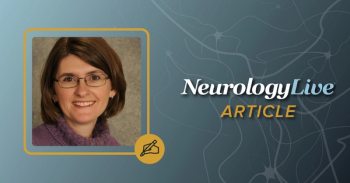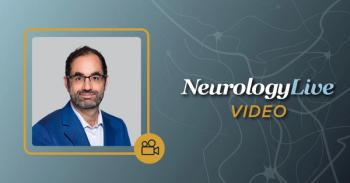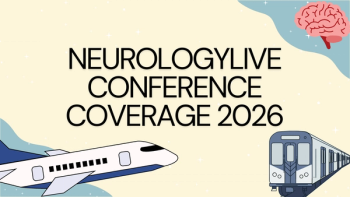
Michael J. Thorpy, MBChB: Challenges of Diagnosing Narcolepsy
The director of the Sleep-Wake Disorders Center at Montefiore Medical Center spoke about the challenges in diagnosing narcolepsy, which often adds to the delay of diagnosis.
"Narcolepsy is an interesting disorder that's getting a lot of attention these days, so there's far more interest in it because people are recognizing it more even though there's still a very long delay from the onset of symptoms to the time of diagnosis."
At the SLEEP 2019 annual meeting, held in San Antonio, Texas, June 8­—12, Michael Thorpy, MBChB, spoke about the challenges in diagnosing narcolepsy and the implications for a multimodal therapy approach.
To dive deeper into his presentation and the clinical features and signs that physicians should be aware of, Thorpy spoke with NeurologyLive at the meeting.
Thorpy explained that while physicians are aware that narcolepsy causes 2 major symptoms, excessive daytime sleepiness and oftentimes cataplexy, there are many patients that only present with excessive daytime sleepiness and not cataplexy, making this patient population more difficult to diagnose. When making a diagnosis of type 2 narcolepsy, one is very much dependent on the clinical features and symptoms in patients because patients are more than likely to have falsely negative MSLTs.
Newsletter
Keep your finger on the pulse of neurology—subscribe to NeurologyLive for expert interviews, new data, and breakthrough treatment updates.




























